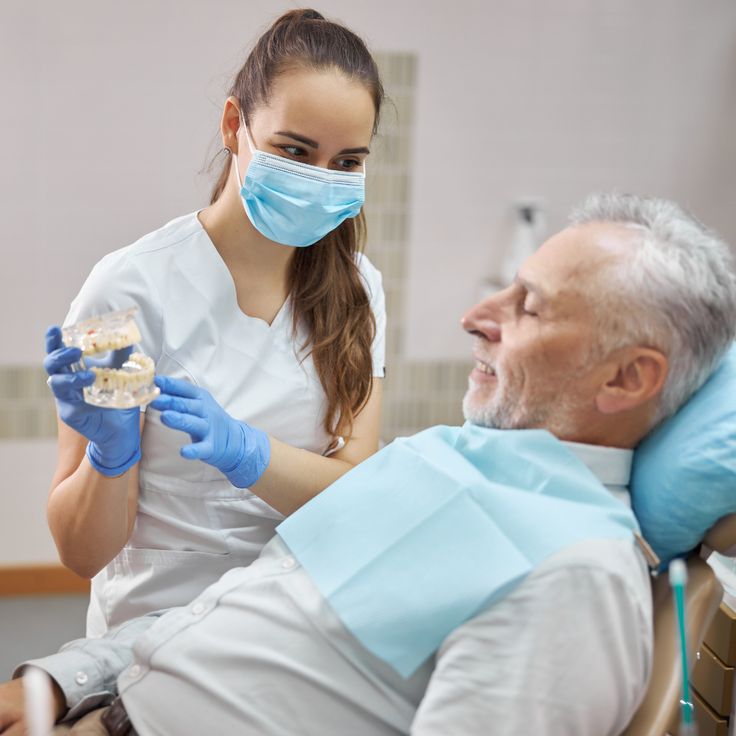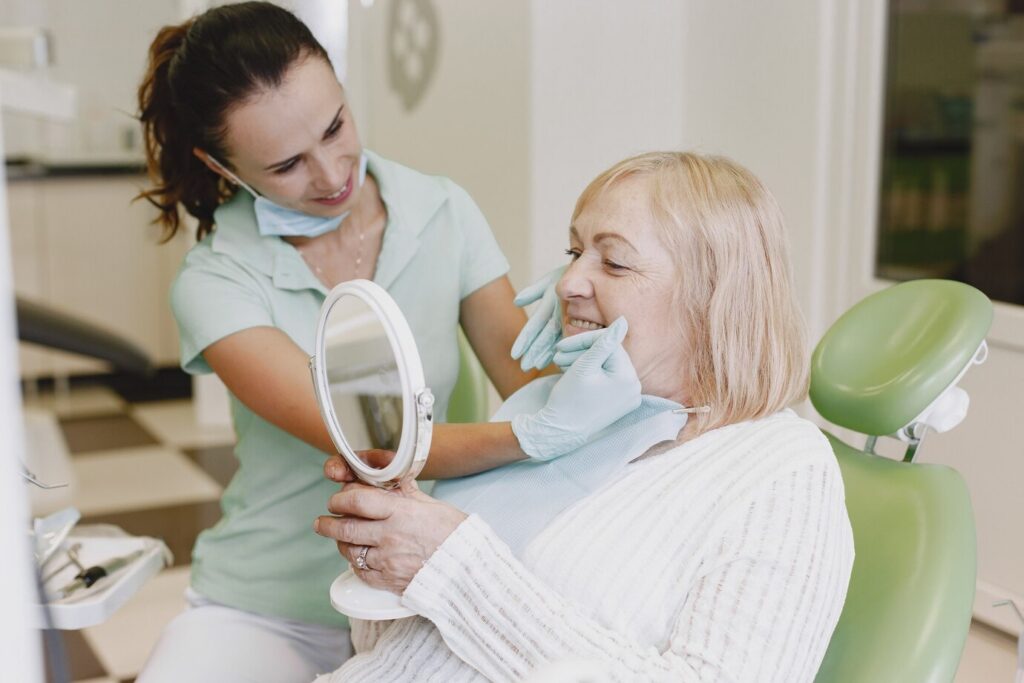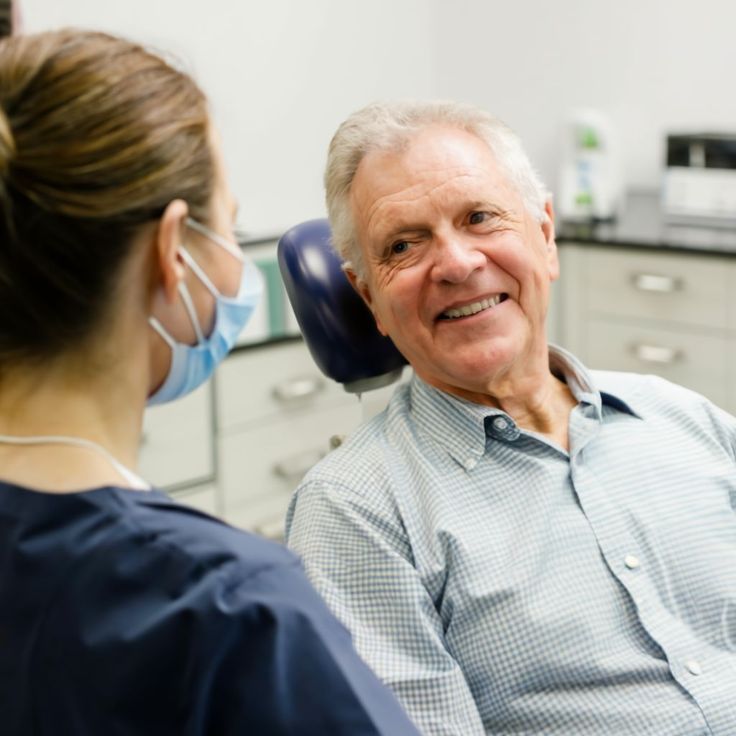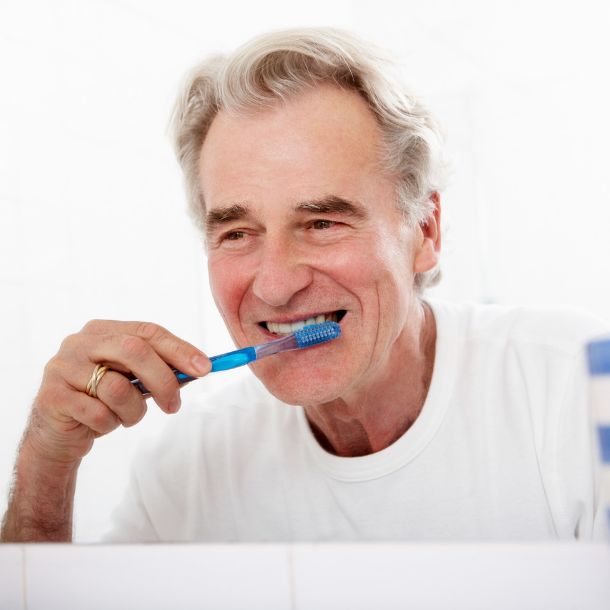
Last week, I ran across my 92-year-old neighbor, Mr. Jacobs, flashing the greatest smile I’ve seen all month and walking his dog without a cane. When I asked him about his secret, he smirked and said, “I floss and walk daily.” The rest is all up to you. It was a lovely joke, but he wasn’t quite correct.
Being a biologist passionate about the study of aging, I have grown to value how the small things like brushing your teeth, walking frequently, or sleeping well can have unexpectedly great impacts on your lifetime and healthspan (the years you live well). Consider longevity like a bank account: every good behavior is a deposit, while neglect is a withdrawal. So, we are making some good deposits into the “Smile and Thrive” fund today.
Let us explore the scientifically supported, pragmatic strategies to keep your smile bright and your body strong far into your later years.
Many people overlook this: your mouth is the entrance to your whole body, not a distinct system.
Bad dental care causes more than just tooth decay. Researchers have connected it to heart disease, type 2 diabetes, Alzheimer’s, and even the fragility of senior people. How does this connection manifest itself? Gum disease also known as periodontal disease chronic inflammation lets bacteria and inflammatory markers get into the circulation. Eventually, this raises the systemic inflammation, which is a major cause of aging and age-related disorders.
Pro Tip: Your gums are not to be left exposed to bacterial invasion, just like you wouldn’t leave your front door open during a storm. Rinse, floss, brush. Daily.
Though many of them are controllable if you remain one step ahead, aging brings its own unique dental surprises.

Gum recession: Gums move back, revealing tooth roots, which could cause sensitivity or decay. Science advises against vigorous brushing and recommends using a soft-bristled toothbrush because your enamel is not a filthy pan.
Let’s discuss habits. These are the MVPs of aging gracefully.
Using a fluoride toothpaste, brush for two full minutes no speed brushing! twice daily.
Digestion and inflammation starts in your mouth. Your gums and immune system will feel it first if you are feeding your body with pro-aging foods (looking at you, processed sugar).

Science note: Research indicates that those who consume anti-inflammatory foods and antioxidants have a tendency to have less periodontal disease and cognitive impairment. That salad then? It’s food for the gum and brain.
Healthy aging is about what goes on in your life as well as what goes on in your mouth.




Tip: Daily 30-minute walks have been proven to enhance aging indicators.

Smart toothbrushes and artificial intelligence dental apps are all around us; why not make use of them?
Studies have revealed that electric toothbrushes, particularly for those with mobility concerns, are more successful than manual brushing in reducing plaque and gingivitis.
For those with arthritis or dental procedures such as bridges or implants, water flossers are excellent.
Gaining popularity in anti-aging dentistry circles, toothpaste made with nanohydroxyapatite is a fluoride substitute. It reduces sensitivity and helps enamel remineralize.
Pro insight: Remaining independent in later life is using technology that simplifies self-care. One of the simplest improvements is oral health technology.
Mr. Jacobs, the 92-year-old flosser and walker, let us return to him. His brilliant grin was years of everyday, little, consistent decisions, not just good fortune. Healthy aging is all about accumulating little victories throughout life.
Your teeth are not only for grinning; they are also necessary for good eating, clear speech, and social activity maintenance. Losing them affects knowledge, nutrition, and even confidence. The research, however, is in your favor. A few easy changes in attitude and behavior will help you to keep your grin and your health strong for many years.
When you grab your toothbrush tonight, consider it an investment. You’re not only brushing your teeth; you’re brushing your way to a longer, better life.